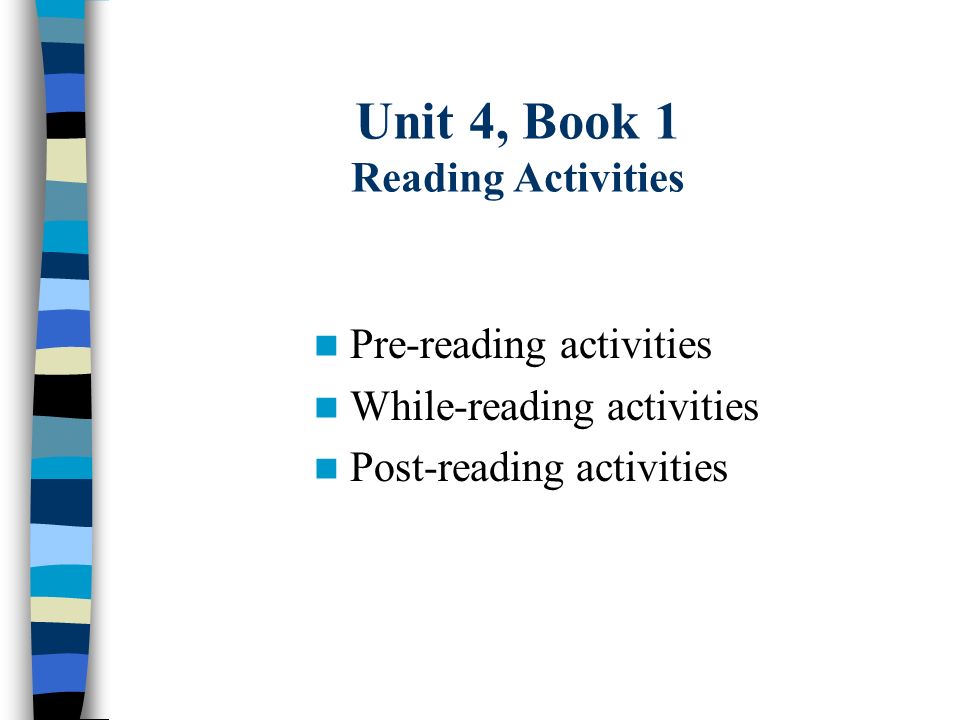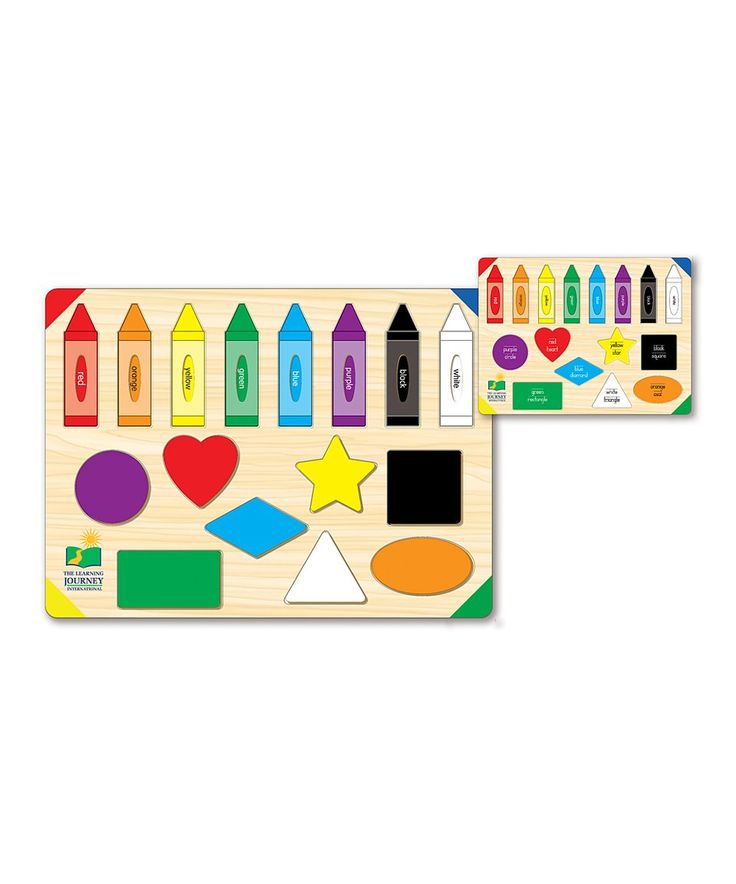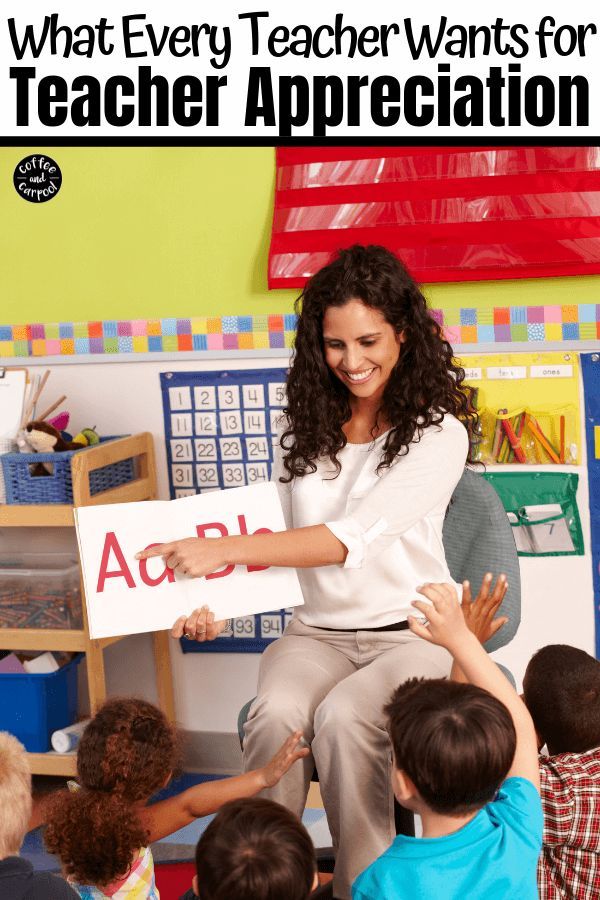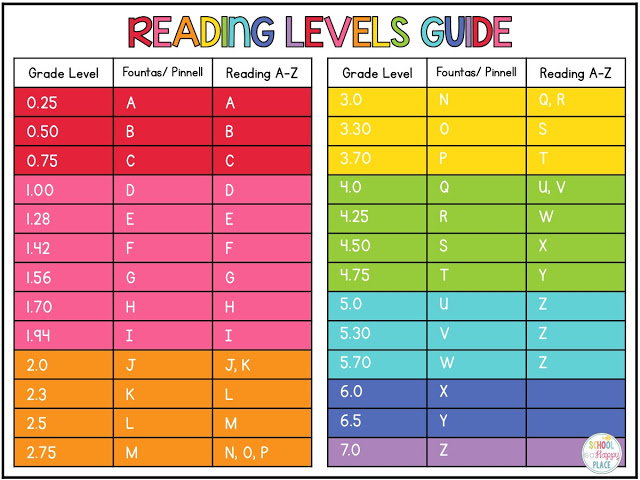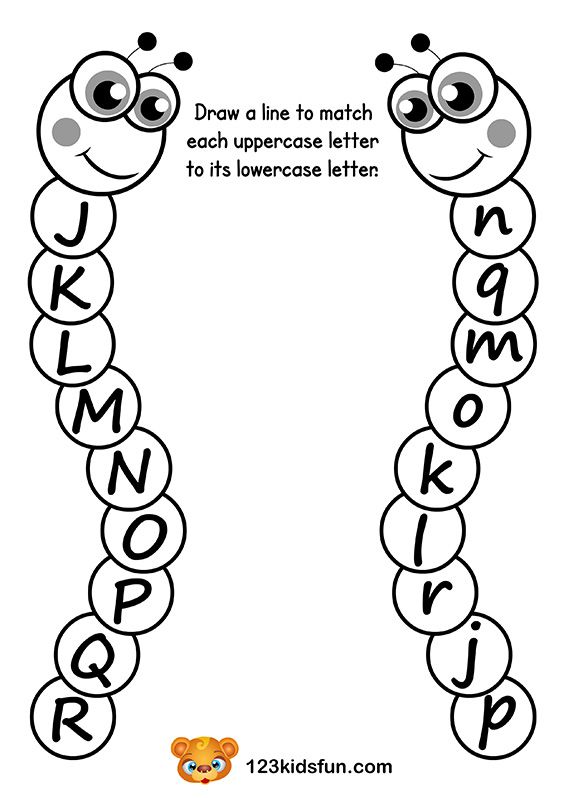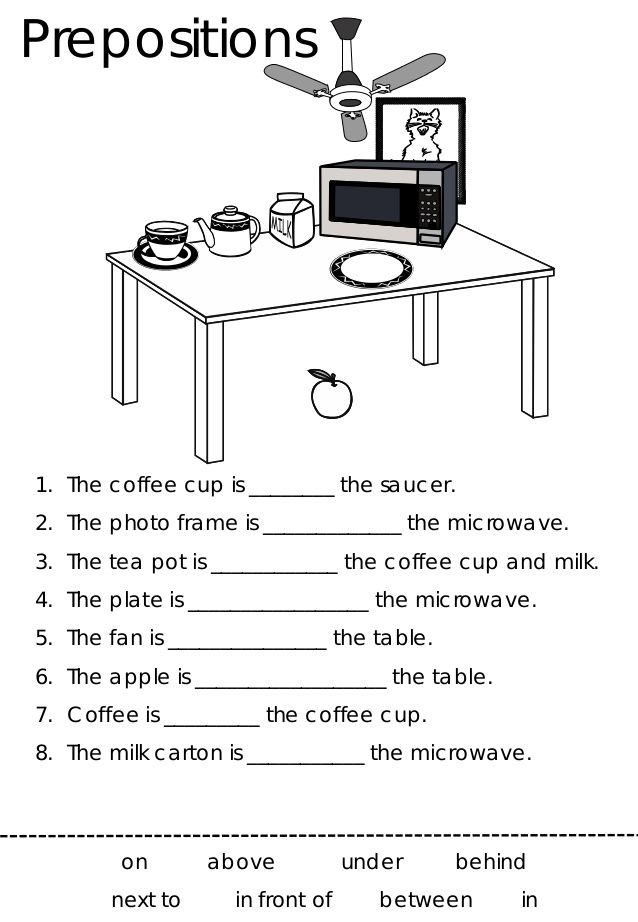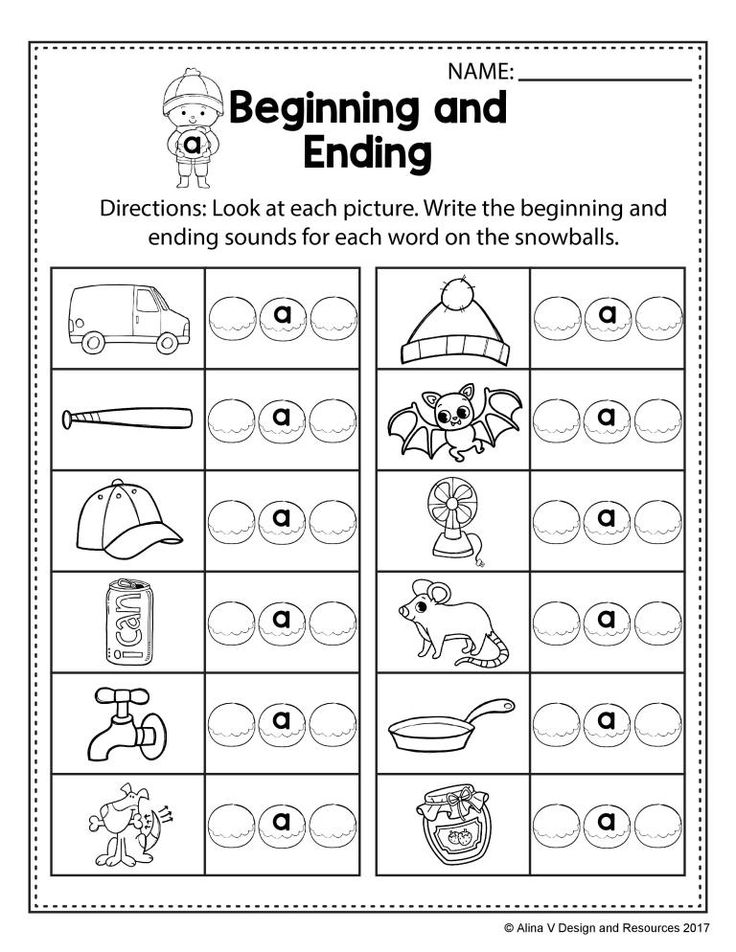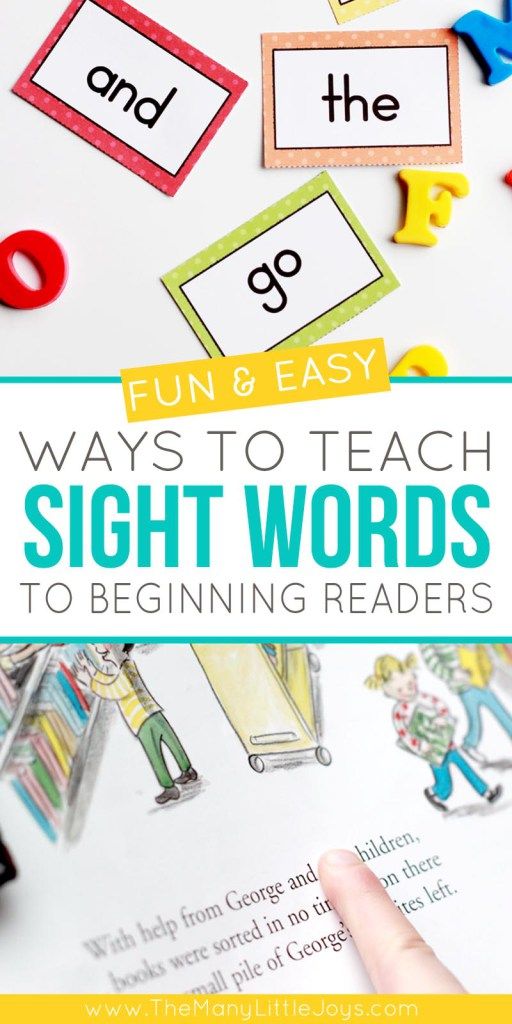During reading activity
11 Examples of While-Reading Activities
Reading is the process of looking at a series of written symbols and getting meaning from them.
When we read, we use our eyes to receive written symbols and we use our brains to convert them into words, sentences, and paragraphs that communicate something to us.
We can simply go straight to the reading without a plan, there are different approaches to teaching reading but most of these agree on the importance of using a series of activities that anticipate the reading, activities to complete during the actual, and some activities to complete after it.
Table of Contents
- 1 Most Used Approach to Teach Reading
- 2 Importance of While Reading Activities
- 3 What are Examples of While-Reading Activities?
- 3.1 1. Identify Topic Sentences
- 3.2 #2 General and Specific Ideas
- 3.3 3. Identify the Connectors
- 3.4 4. Confirm Prediction
- 3.5 5. Skim a Text for specific Information.
- 3.6 6. Answer Literal and Inferential questions
- 3.7 7. Inferring
- 3.8 8. Coding Text
- 3.9 9. Student-to-student conversation
- 3.10 10. Scan a text for specific information
- 3.11 11. Answer a Short Quiz
- 4 Conclusión
- 5 More Teaching English Articles
Most Used Approach to Teach Reading
The most common framework to teach reading is the PDP approach.
While-reading activities or During-Reading activities are part of the three main stages that a reading lesson has:
| #1 | Pre-Reading Activities |
| #2 | While-Listening Activities |
| #3 | Post- Listening Activities |
Importance of While Reading Activities
While-Reading Activities are defined as activities that help students focus on aspects of the text and to understand it better.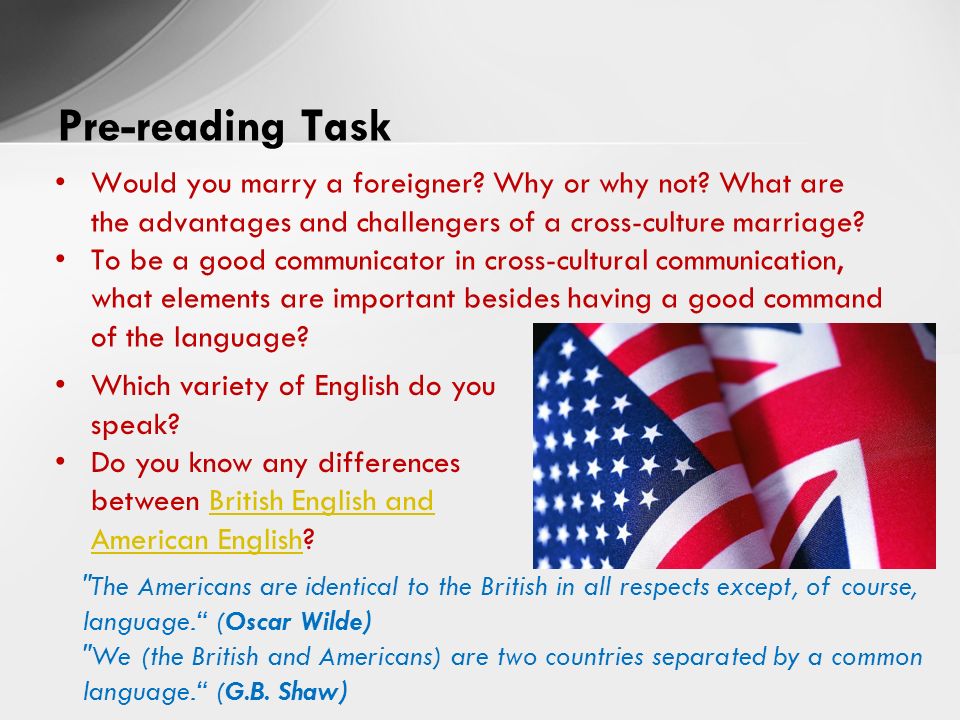
The goal of these activities is to help learners to deal as they would deal with it as if the text was written in their first language
During this stage, students will be able to:
| #1 | Confirm Predictions |
| #2 | Gather Information |
| #3 | Organize Information |
What are Examples of While-Reading Activities?
The number of while-reading activities that you can do in the classroom depends on the creativity of the teacher.
You can use while-reading activities which are based on traditional forms of assessment or you can implement some technology if you are good enough integrating it in classes.
These are some examples of while-reading activities that you can use in the classroom.
1. Identify Topic Sentences
Identify topic sentences and the main idea of paragraphs.
The main idea of a paragraph is the author’s message about the topic
Remember that every paragraph usually includes a topic sentence that identifies the main idea of the paragraph.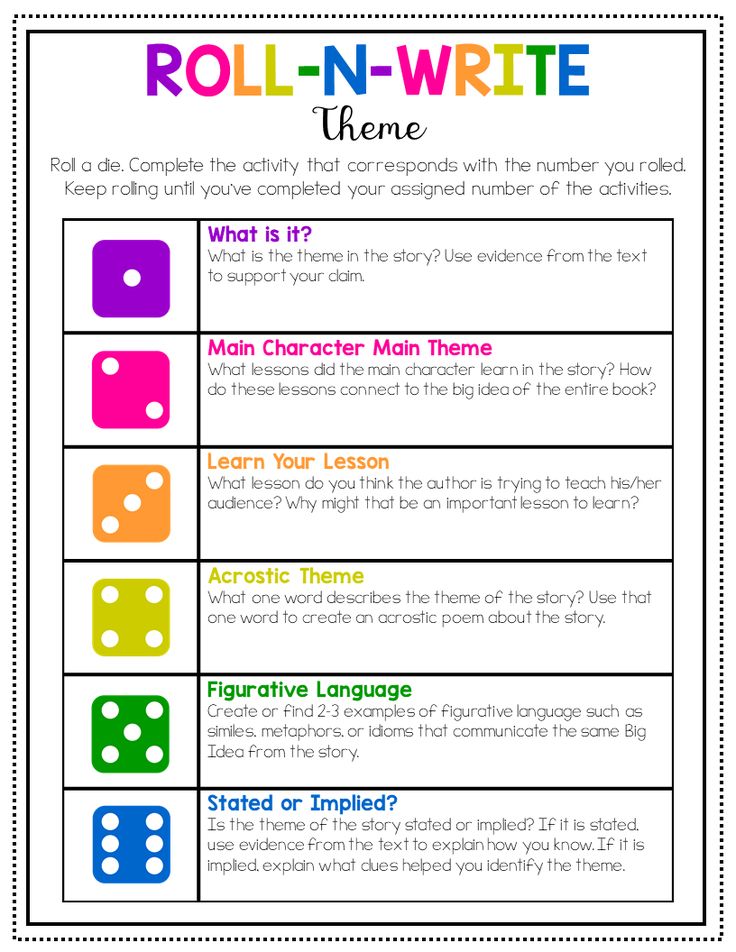
#2 General and Specific Ideas
Distinguish between general and specific ideas.
General ideas usually express the main point or main idea of a piece of writing and Specific ideas provide evidence to further define the general or main idea and prove that it is valid
If you want to know what I mean, have a look at this reading exercise
3. Identify the Connectors
Identify the connectors to see how they link ideas within the text.
There are many types of connectors, for a full list of linking words, have a look at these linking words grouped by category.
4. Confirm Prediction
Check whether or not predictions and guesses are confirmed.
This is something that can be done when a reading class might starts with one of these pre-reading activities.
5. Skim a Text for specific Information.
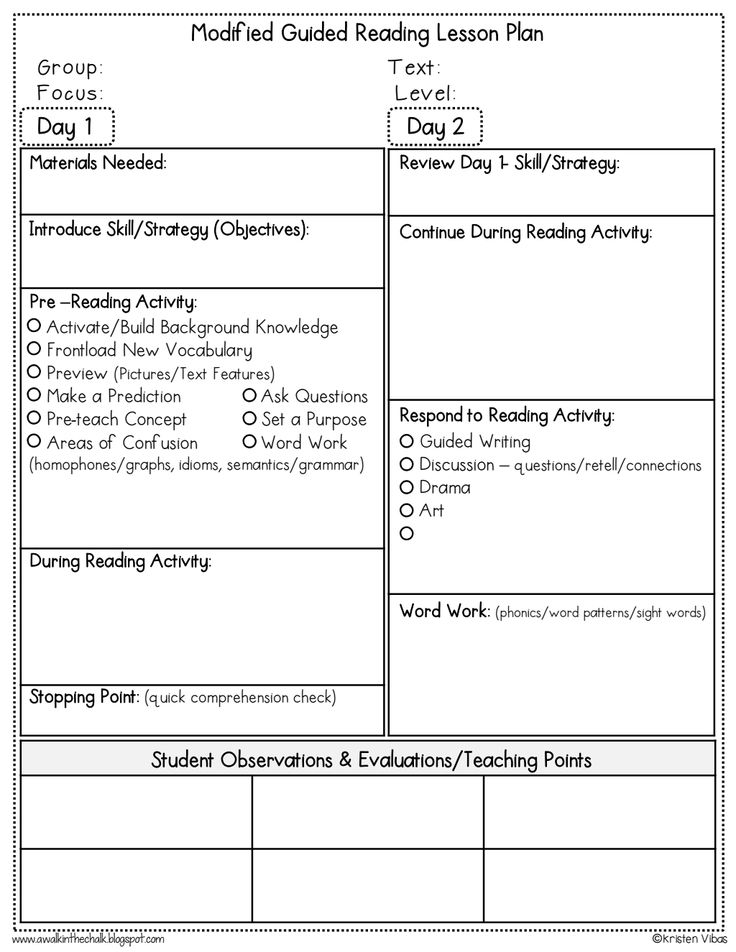
Skimming is the ability to locate the main idea within a text, using this reading strategy will help students to become proficient readers.
Skimming reading will also help students to be a flexible reader
6. Answer Literal and Inferential questions
Literal simply refers to what the text says and inferential is using the text as a starting point to get a deeper meaning
You can take a look at one of these exercises in this website: Literal and Inferential Meaning
7. Inferring
Another while listening activity consist of Inferring the meaning of new words using the context.
All language learners rely on context to decipher the meaning of a word, a reading strategy used quite a lot when you do extensive reading.
8. Coding Text
Coding text involves teaching students a method of margin marking so they can place a question mark next to an statement they don’t understand or an exclamation mark next to something that surprised them.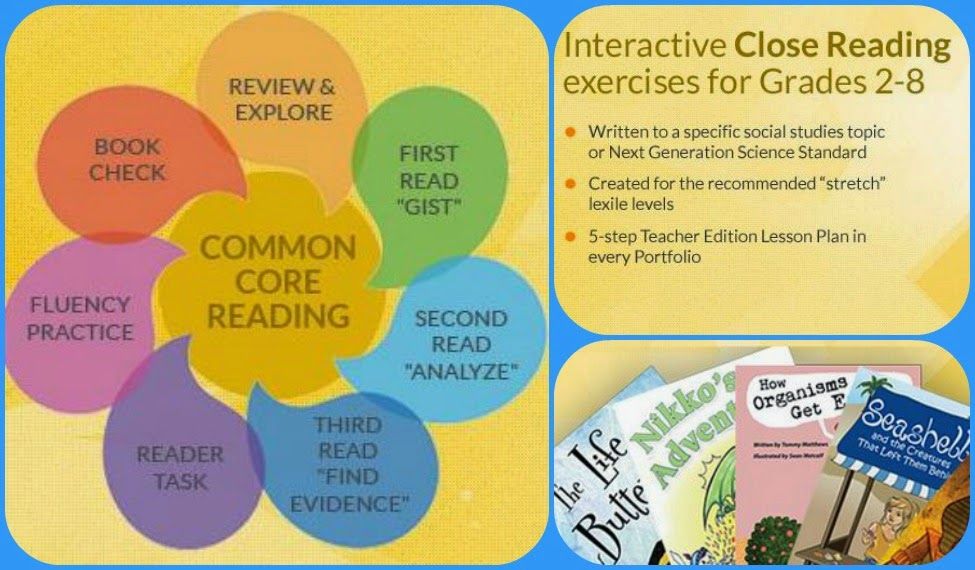
9. Student-to-student conversation
This type of activity is one that promotes the integration of two more skills since you read the paragraph, you talk to a classmate and you listen to what he or she has to say.
you can ask students to have a conversation after they have finished a paragraph or a stanza of a poem so they can clear up any confusions they might have.
10. Scan a text for specific information
Scanning is reading a text quickly in order to find specific information.
You scan when you look for your favorite show listed in the TV guide, when you look your friend’s phone number in your contact list.
11. Answer a Short Quiz
This a traditional way to assess if students have learned something from the reading however you can make a difference by using online tools to collect those answers
You can use a tool such as Plickers, Google Forms or another tool of choice.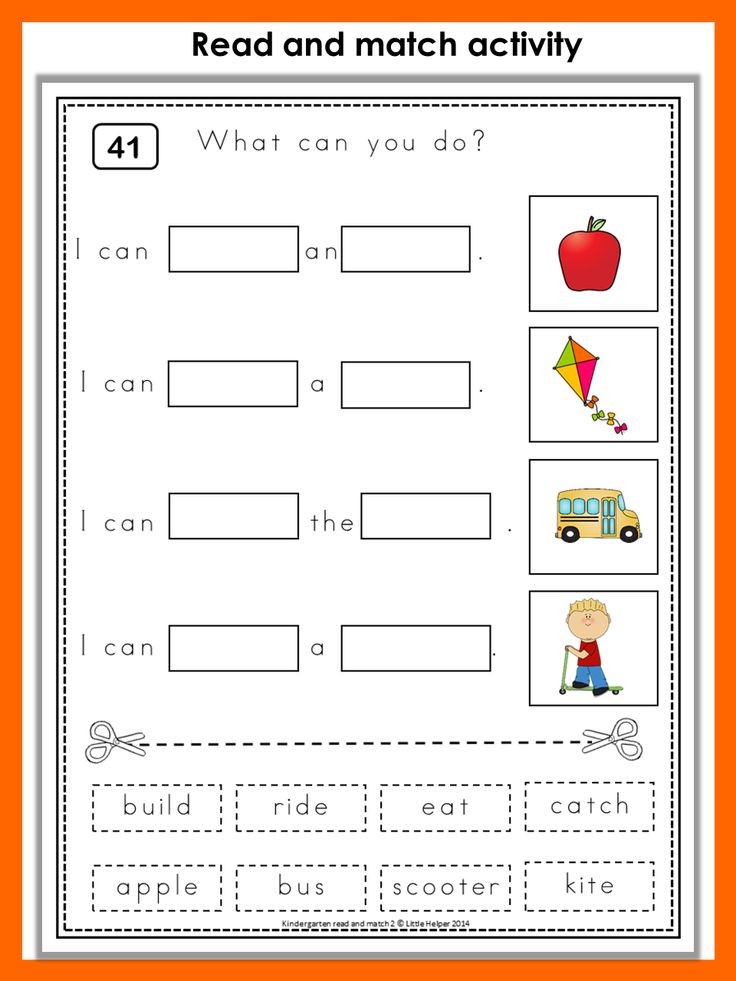
Conclusión
If you want to use this reading strategy successfully, you need to understand how the reading material is structured as well as have a clear idea about what specific information you have to locate.
More Teaching English Articles
I hope that you have found everything you were looking for
These are some articles that cover the how to teach reading topic
- 3 Stages for Teaching Reading
- 15 Examples of Pre-Reading Activities
- 10 Examples of While-Reading Activities
- 13 Examples of Post-Reading Activities
These are some articles that cover the how to teach listening topic
- The 3 Stages of a Listening Lesson
- 12 Types of Pre-Listening Activities
- 12 Examples of While-Listening Activities
- 10 Types of Post-Listening Activities
About manuel Campos
I am Jose Manuel, English professor and creator of EnglishPost.org, a blog whose mission is to share lessons for those who want to learn and improve their English
LinktreeDuring-Reading Activities - OPEPP
Welcome to OPEPP
Ohio Partnership for Excellence in Paraprofessional Preparation
Back to: Module: Helping Students Read
Activities during reading have two main purposes.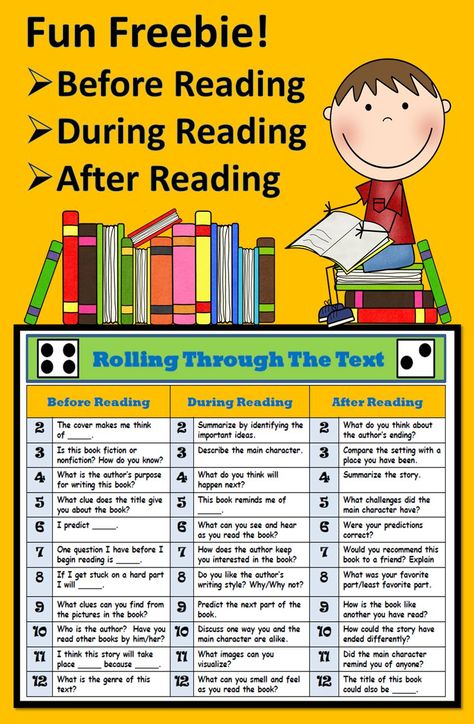 First, they increase students’ understanding of the text. Second, they enable the teacher or parapro to check if students understand what they are reading—and in which areas students need help or support.
First, they increase students’ understanding of the text. Second, they enable the teacher or parapro to check if students understand what they are reading—and in which areas students need help or support.
Because fluency is important for comprehension, a parapro can provide useful scaffolding to readers in the form of help with unfamiliar or specialized vocabulary. The parapro can also promote readers’ engagement with the text by encouraging them to learn more about the subject matter covered in the text.
For instance, a small group of students might watch science programs from public television to learn more about genetics or other important topics in biology. Finally, parapros can provide structuring prompts to help students notice certain things as they read. This approach improves comprehension, especially when the teacher or parapro checks with the students to make sure they are finding the information mentioned in the prompts. The following table lists some of the many scaffolds that can be used during reading.
Scaffolds to Help Students Build Reading Strategies During Reading
| Scaffolding Activity | What It Does | Examples |
| Check-in with students, staying on hand during reading to answer and ask relevant questions | The check-in scaffolds the reading activity, helps with comprehension and new words, and gives students a chance to share what they’ve found or learned in their reading. | While students are reading a story, ask them to predict what will happen next. |
| Review vocabulary | Vocabulary activities check students’ understanding of new words in the text, reinforce the meaning and use of new words, and give them practice at using new vocabulary. | Discuss new words that the students encounter in the text. Help them find the meanings, perhaps in a dictionary or on the Internet. Add the new words to a word box, word wall, vocabulary list, or journal.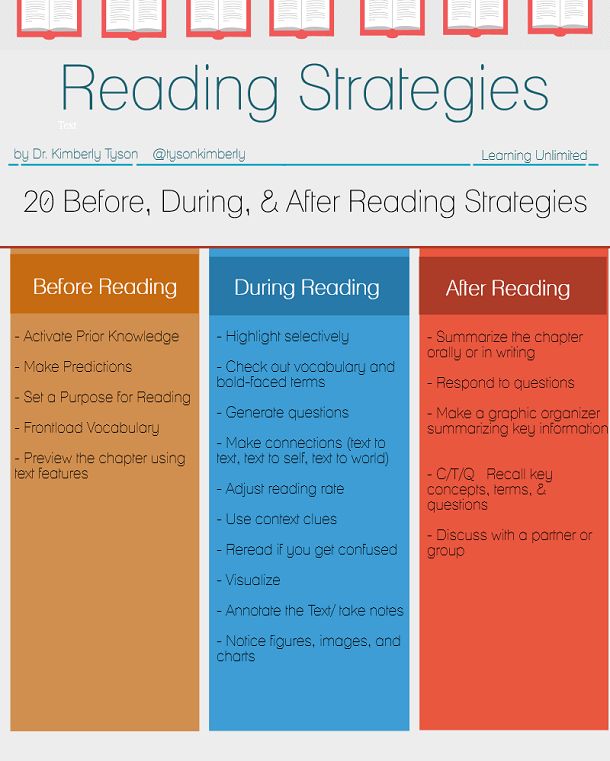 |
| Preview text: skimming a new section of text to discover what it’s about | The preview prepares students to read upcoming text, including how to use certain features in the text. It also gives them a renewed purpose for reading. | Have students skim a new section to get a general idea of what it presents. With nonfiction, point out headings, diagrams, and tables that might give them clues about the new information that is about to be presented. |
| Add information (characters, plot, problem, etc.) to a story map | The story map helps students during discussions. Teachers can use it to check students’ understanding. | Make a cause-and-effect chart using the events on the story map. Add new characters or settings to the map. Begin to think about the problem that a story presents and how the problem was solved by the characters in the story. |
| Use a study guide | A study guide helps students get through larger sections of text, promotes greater independence, and helps students study for tests.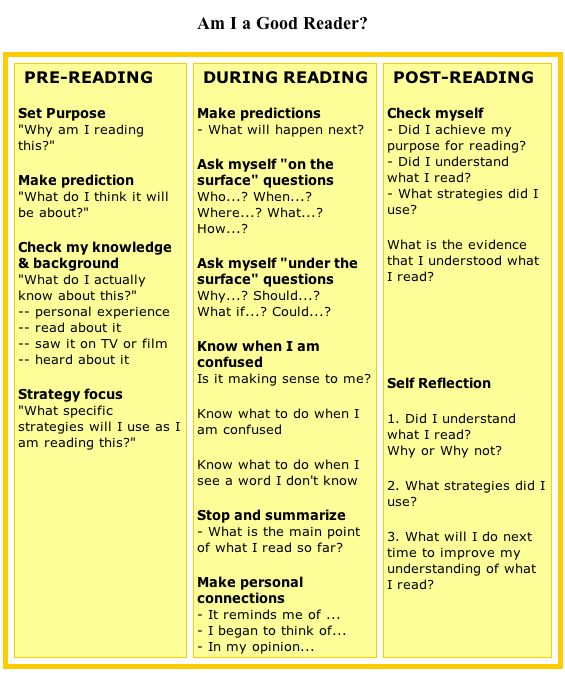 It also helps teachers check on students’ progress and understanding. It also helps teachers check on students’ progress and understanding. | A study guide for a larger text might include these features: new vocabulary, focusing questions, ideas about how to re-read the text in order to learn the material more deeply, activities for deeper reflection, and review activities for a test. |
| Re-read a passage of text several times to get more out of it (close reading) | Re-reading helps students make inferences, understand text more deeply, and see new perspectives. It also helps them understand how authors crafted their writing and why they wrote it. | Ask students to read a story a second time to explore a different point of view. (“Read the passage again, and this time, imagine that you’re the witch. How would you feel?”) |
Why do you want to sleep when you read? The most popular reasons and a selection of books that will keep you awake
Have you ever fallen asleep while reading a book? It would seem that it has interesting ideas, sharp plot twists, but still, eyes close after a few pages.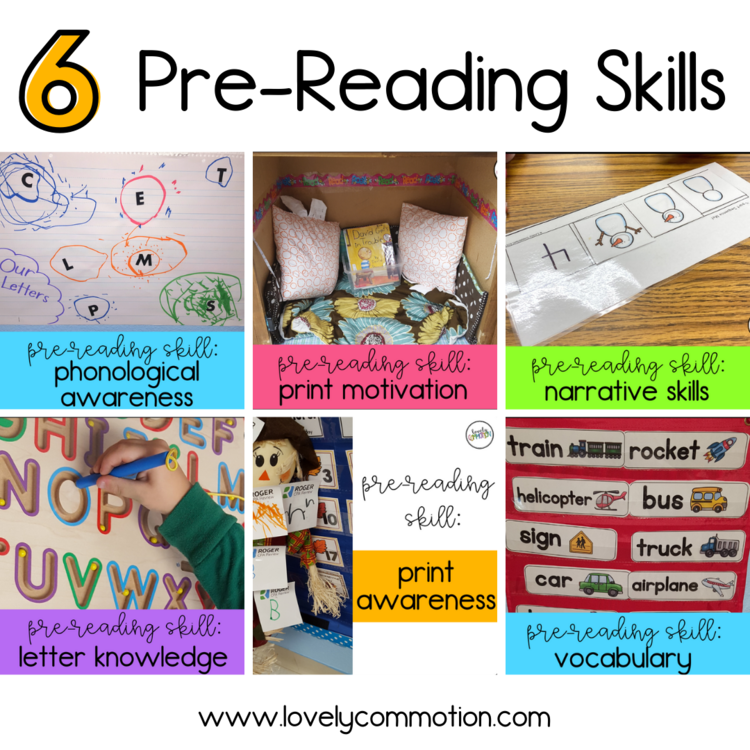 Why is this happening? Does it depend on the person's propensity to perceive information? Scientists have found several reasons.
Why is this happening? Does it depend on the person's propensity to perceive information? Scientists have found several reasons.
Lethargy and fatigue of the body
During overwork, strong emotional and physical stress, the human brain cannot cope with the load and “overheats”. The brain is smart, so it sends a signal to a person in the form of fatigue and lethargy. In this state, the body perceives the process of reading as a rest, and therefore you begin to fall asleep.
Lack of sleep
Lack of sleep is a strong stress for the brain, so it will look for any excuse to turn off: while reading a book, traveling in transport, and in the most extreme case - at a work meeting. Has it happened when you nod off while sitting at the computer because you went to bed late yesterday?
Developed habit
Another reason for falling asleep is a habit that appeared due to reading books at night. The human brain is accustomed to perceive the process of reading before bed as a lullaby in childhood.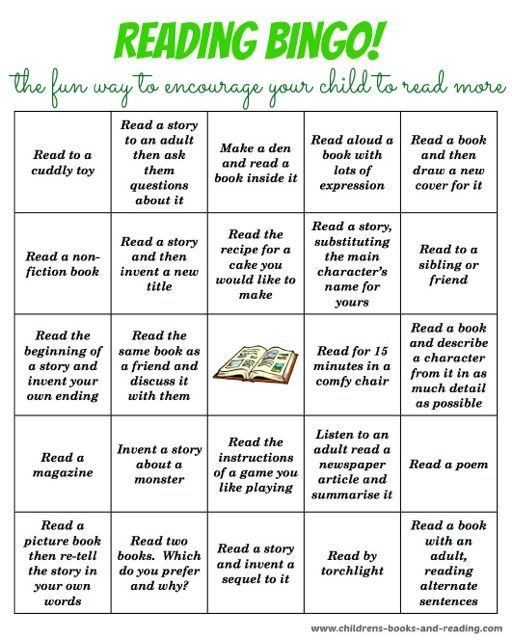 Therefore, reading a book in the evening, we begin to fall asleep.
Therefore, reading a book in the evening, we begin to fall asleep.
Reading professional literature
When you read professional literature, the brain gets tired. The real-time part of him wants to read the book and understand the content. The other part, responsible for the comfortable functioning of the brain, opposes this. Therefore, when reading a book of professional content, the second part of the brain gives the body a signal to fall asleep.
8 tips to help you stay awake while reading
What to do if you want to finish reading your favorite book, but your eyes close by themselves? We share with you tips that will help you not fall asleep.
- Read in uncomfortable conditions. Sit on a chair, sofa armrest or window sill. You can even read while standing, leaning against the wall. Sitting in a chair, on a sofa or lying on a bed, you relax. And the brain too.
- Read in bright light, not under a nightlight.
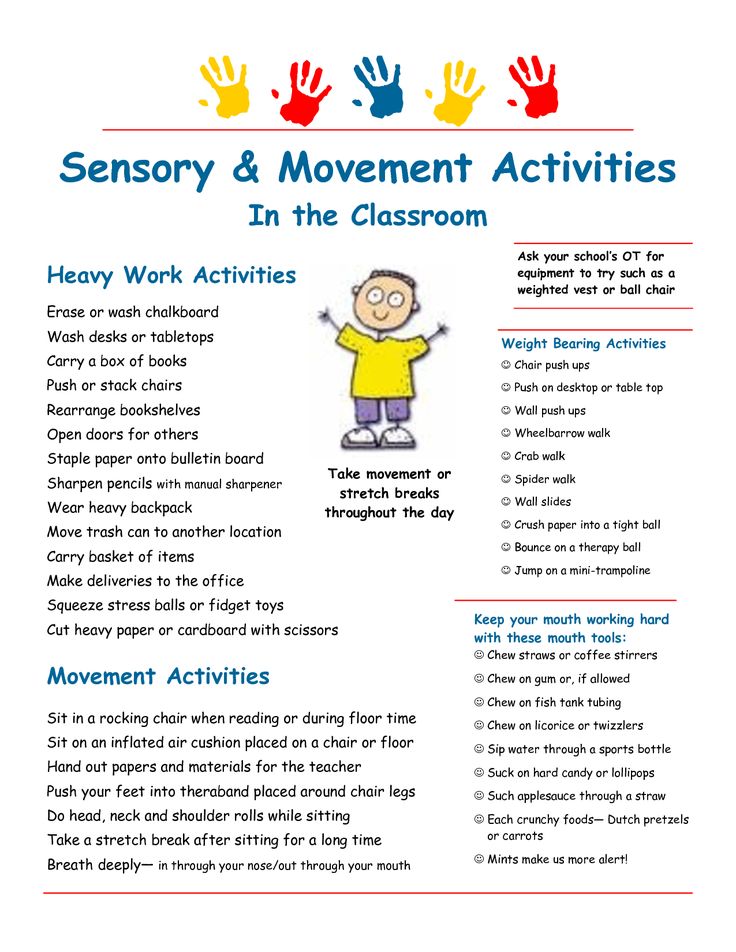 And better - with LED lighting in white. Because the soft yellow light is relaxing.
And better - with LED lighting in white. Because the soft yellow light is relaxing. - Ventilate the room beforehand or read on the balcony. The coolness and fresh air help keep you awake.
- If you need to read a book urgently, cheer up before reading. For example, sit down, wash your face with cold water, or take a contrast shower.
- When you feel the first signs of drowsiness, take a break. Walk, drink a glass of water, have a snack.
- Immerse yourself completely in reading. Take notes, highlight quotes, write down important information, stick stickers on pages you want to return to later.
- If you read fiction, pick up a heavy object. For example, a dumbbell or kettlebell. The brain will switch between reading and holding a dumbbell, and you will not fall asleep.
- Try changing the reading time. For example, read in the morning or afternoon if you are used to doing it before bed.
8 interesting books that will make you forget about sleep
Fahrenheit 451
Bradbury R.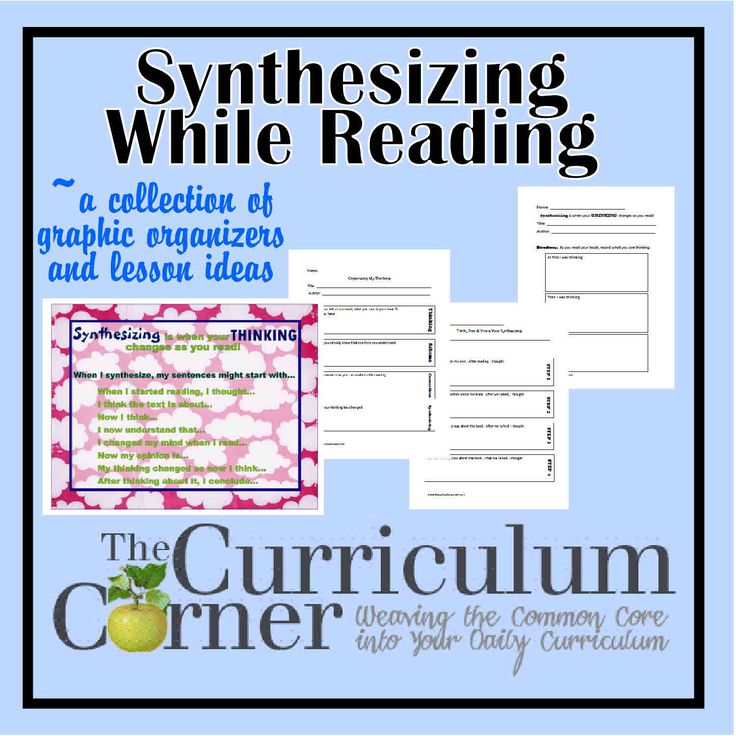
The author's cult novel read all over the world. Philosophical anti-utopia about post-industrial society.
Fahrenheit 451 is the burning temperature of paper. In the world of the future, all books are mercilessly and even gladly burned by a special detachment of firefighters. Possession of books is punishable by law, and with the help of interactive television, the authorities mislead the people. If there are those who disagree with such a regime, then one fate awaits them - punitive psychiatry. And those who can resist torture will face an electric dog.
Best Stories
Gaiman N.
If you are not already familiar with the work of Neil Gaiman, start with this collection. It contains over 30 whimsical stories from the master of horror stories - about mysterious disappearances, murderous mysteries and even the man who forgot Ray Bradbury.
Dead zone
King S.
The first novel of the famous "master of fears", which appeared on the domestic bookshelves.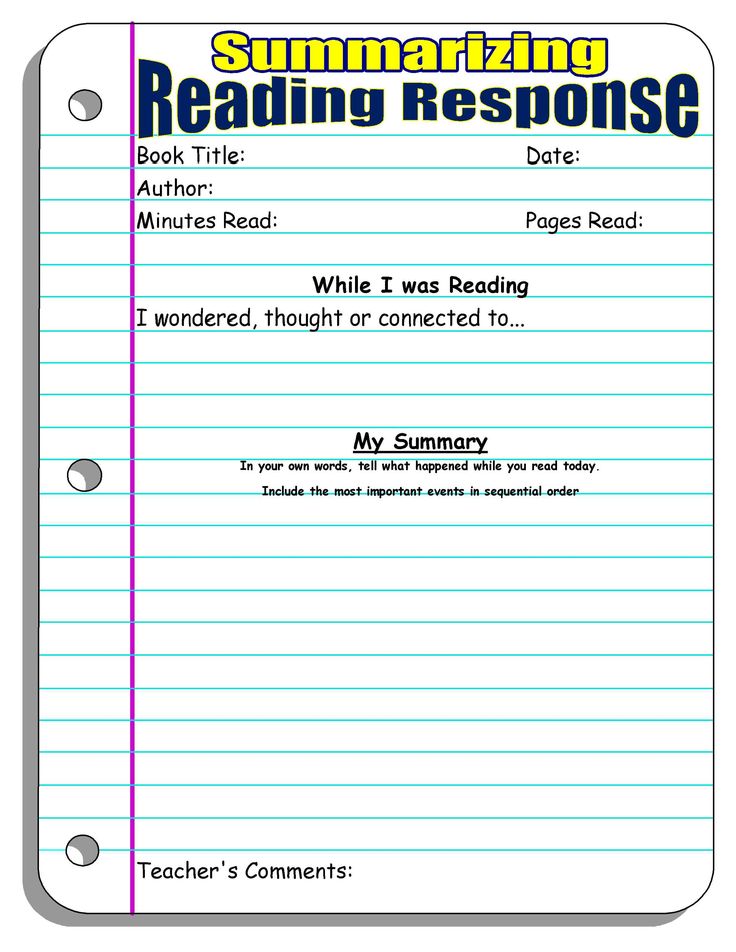
Johnny Smith is in a car accident and falls into a coma. When he wakes up, he discovers in himself a supernatural ability - clairvoyance. Johnny begins to use it for good: helps the attending physician find his mother, predicts the favorable success of the operation of the son of one of the nurses, participates in the search for a serial killer.
Interest in politics brings the hero together with Greg Stilson, a member of the US Public Chamber, who wants to unleash the Third World War. Now Johnny must fulfill his destiny and stop the villain.
Call of the Cuckoo
Galbraith R.
Robert Galbraith is the pseudonym of JK Rowling, under which she writes detective stories.
London is on its ears - the infamous top model jumped from the balcony of her house. The model's brother does not believe in her suicide and turns to private detective Cormoran Strike for help. Things aren't going well for his agency, so Strike is glad to be able to close the financial gap.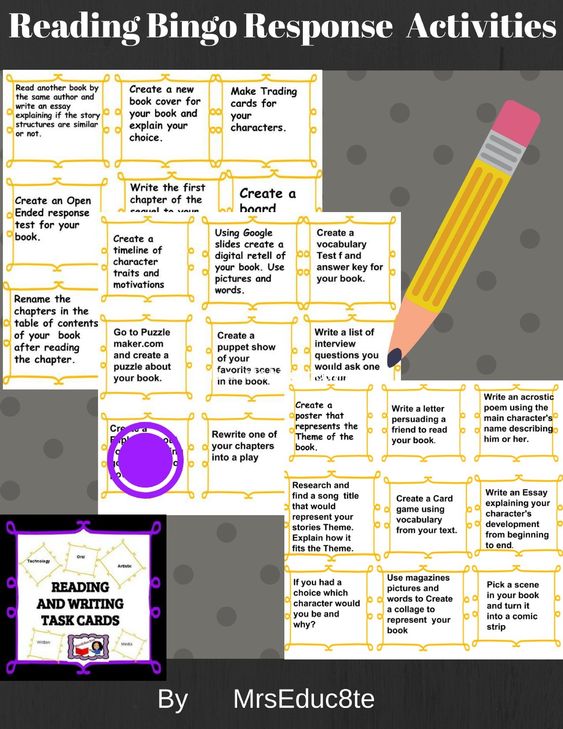 But the detective is waiting for an insidious trap on the way of investigation. Will Strike be able to avoid mortal danger?
But the detective is waiting for an insidious trap on the way of investigation. Will Strike be able to avoid mortal danger?
Before I fall asleep
Watson S.
The author's famous novel starring Nicole Kidman and Colin Firth.
Every day for Kristin Lucas begins with a clean slate: she doesn't remember who she is or what happened to her. Her husband Ben says that Kristin suffers from a special form of amnesia, in which it is impossible to remember what happened in the distant past and even yesterday.
On the advice of the attending physician, Kristin begins keeping a diary in secret from Ben, trying to recreate the incident that robbed her of her memory. One morning, she opens her diary and sees the entry: "Don't trust Ben." From that moment on, everything her husband says to her seems suspicious. Who can she trust? And what accident had caused her amnesia?
Spy, get out!
Carre J.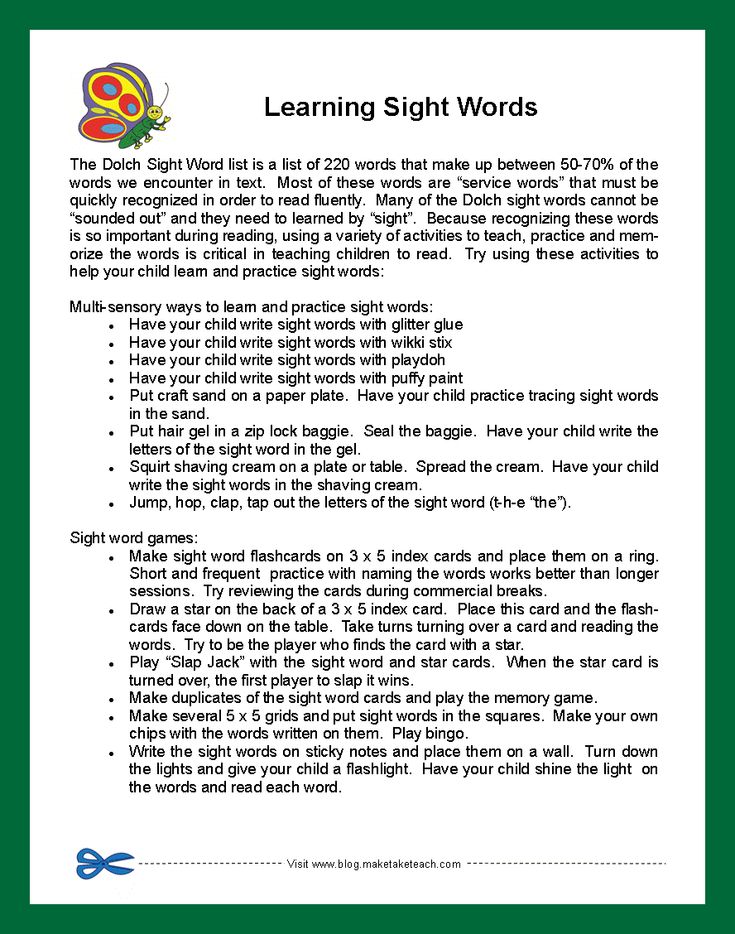
The novel is based on real events. In 2011, a film was made based on it, in which famous English and Russian actors played the main roles: Gary Oldman, Benedict Cumberbatch, Tom Hardy, Colin Firth, Konstantin Khabensky and Svetlana Khodchenkova.
The novel is set in the 1970s during the Cold War. George Smiley is an agent of British intelligence "MI-6" and the right hand of his leader, "The Master". Together they organize an important meeting in Hungary, which ends in failure - their agent is declassified and killed. Smiley and "The Boss" are forced to retire. George is sure that there is a Russian spy at the top of MI6 who leaked information about the Hungarian operation. Now Smiley's main task is to stay alive, figure out the mole and return the name to himself and the "Master".
Brooklyn Girl
Musso H.
A book with a twisted storyline and an unexpected ending.
Raphael is in love with Anna and plans to live with her for the rest of his life.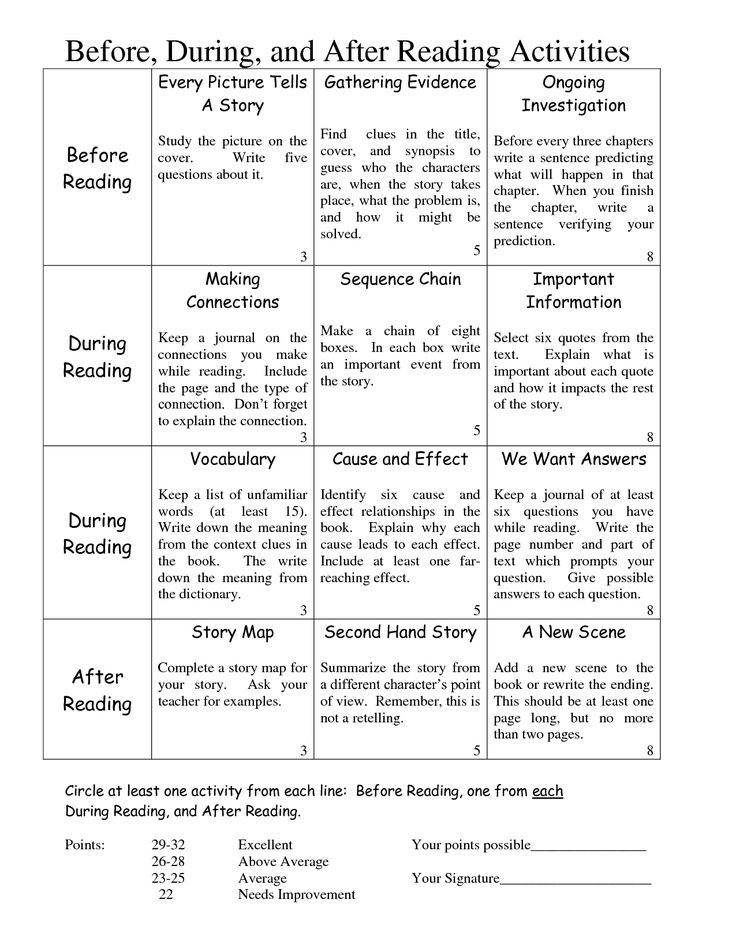 A few weeks before the start of the wedding, one evening turns everything upside down. Rafael's desire to reveal all the secrets before the wedding forces Anna to show him one photo. What he sees stuns him. Anna understands this and disappears from his life. To find Anna, the main character will have to unravel the tangle of terrible events and find out who his beloved is.
A few weeks before the start of the wedding, one evening turns everything upside down. Rafael's desire to reveal all the secrets before the wedding forces Anna to show him one photo. What he sees stuns him. Anna understands this and disappears from his life. To find Anna, the main character will have to unravel the tangle of terrible events and find out who his beloved is.
Deception point
Brown D.
Rachel Sexton works for the National Intelligence Agency (NIA) in the United States. Her father, Senator Sexton, is in a bitter political struggle with the president. To Rachel's surprise, the president makes an appointment with her. He reports that NASA has made an important discovery in the ice of the Arctic. The mysterious find will not only shock the whole world, but also increase the president's ratings in the election race.
The President asks Rachel to go to the Arctic with him to oversee security. Things don't go according to plan when the scientists and researchers closely associated with the find are killed. Who is behind the deaths? Maybe the scientists learned something they shouldn't have?
Who is behind the deaths? Maybe the scientists learned something they shouldn't have?
Psychological thrillers will give you even more vivacity! Six excellent and incredibly intriguing novels are already waiting in our selection.
View
How not to be distracted while reading? – Constructor of Success
Books are an important part of our intellectual and personal development. It doesn't matter what media you use - paper or electronic. A well-read person absorbs and analyzes information faster, can use an impressive store of knowledge for work, his brain is like the trained muscles of an athlete.
But many cannot read long and carefully. They are distracted from the process by extraneous thoughts, noises, the habit of switching from one thing to another. To know how not to be distracted while reading, you need to learn how to read correctly. It's actually not that hard if you follow some rules.
- Move from simple to complex .
 If the reader is distracted by extraneous thoughts and actions, this often serves as a signal that he simply has not yet made reading his daily habit. The brain doesn't like to be stressed. Therefore, when you try to force him to perceive information from the pages of a book, he immediately begins to diligently sabotage. It gives you tempting thoughts about interesting news in the social network feed, offers you to think about a future vacation or sleep ... And the more complex the text, the more actively the brain will try to “suck”.
If the reader is distracted by extraneous thoughts and actions, this often serves as a signal that he simply has not yet made reading his daily habit. The brain doesn't like to be stressed. Therefore, when you try to force him to perceive information from the pages of a book, he immediately begins to diligently sabotage. It gives you tempting thoughts about interesting news in the social network feed, offers you to think about a future vacation or sleep ... And the more complex the text, the more actively the brain will try to “suck”.
Therefore, you need to develop the habit of reading gradually. Start with light easy reading, popular fiction. Over time, you can move on to more complex texts. Reading time should also be increased gradually. At first it can be half an hour a day, then an hour, and then - and you yourself will not notice how you read all weekend, forgetting to eat and sleep. - Take a break before reading. You also need to be able to start a reading session correctly.
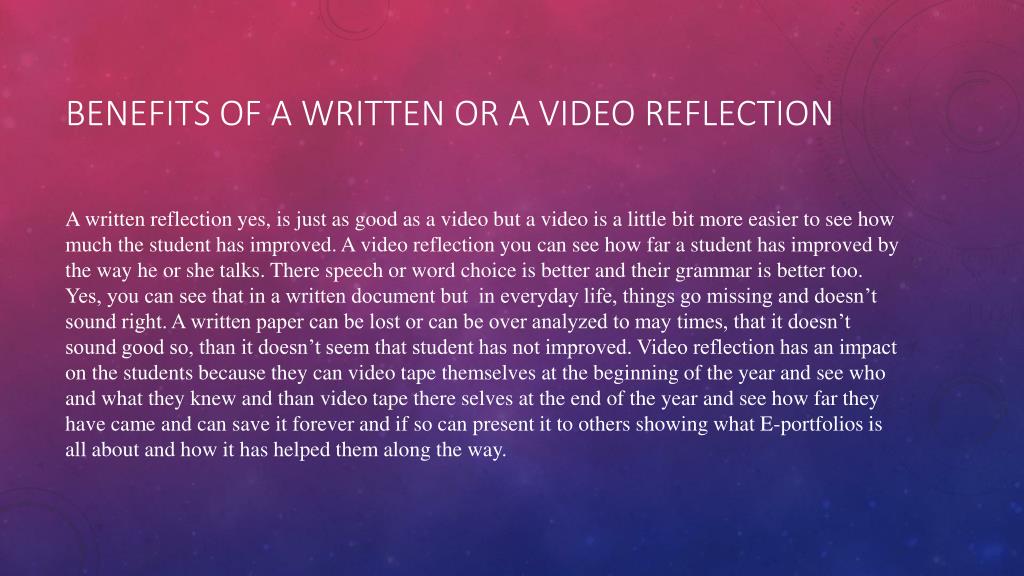 If you have just been engaged in some kind of complex mental activity, then for some time after the completion of the work you will return to it with your thoughts. The head should "cool down", thoughts lie down. Relax for 15-20 minutes, do not think about anything, listen to birdsong or calm music, take a walk with the dog or sit with a cup of tea in the garden, if there is one. Relax and complete the previous tasks, and then you will fully join the reading process.
If you have just been engaged in some kind of complex mental activity, then for some time after the completion of the work you will return to it with your thoughts. The head should "cool down", thoughts lie down. Relax for 15-20 minutes, do not think about anything, listen to birdsong or calm music, take a walk with the dog or sit with a cup of tea in the garden, if there is one. Relax and complete the previous tasks, and then you will fully join the reading process. - Do not eat while reading and do not read while eating. I think this is understandable: if you do something at the same time, then neither one nor the second will really come out. This applies to all activities in general, so if you have the habit of combining several things at once, fight. Thoughts should be completely focused on what you are reading.
- What to do if the noise disturbs? It often happens that it is not an internal monologue or confusion in thoughts that interferes with concentration, but objective external factors.
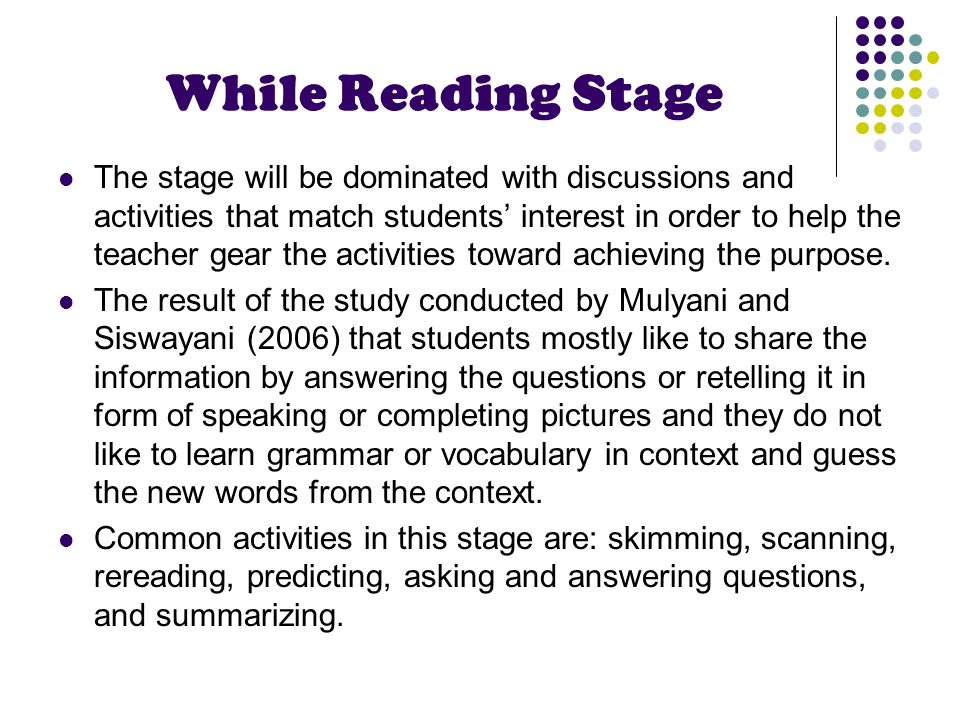 Neighbors are watching TV, children are squealing in the yard, cars are driving on the street… Annoying sounds can be dealt with in many ways. First, remove. That is, try to minimize it - close the window, ask the neighbors not to make noise. And in the end, just plug your ears with earplugs. You can change the reading time by choosing for this part of the day when there is the least noise around. You can interrupt, for example, by turning on unobtrusive instrumental music. True, some music also interferes with reading, so this option is not suitable for everyone.
Neighbors are watching TV, children are squealing in the yard, cars are driving on the street… Annoying sounds can be dealt with in many ways. First, remove. That is, try to minimize it - close the window, ask the neighbors not to make noise. And in the end, just plug your ears with earplugs. You can change the reading time by choosing for this part of the day when there is the least noise around. You can interrupt, for example, by turning on unobtrusive instrumental music. True, some music also interferes with reading, so this option is not suitable for everyone.
But the most effective method is to learn to ignore the noise. To do this, you need to “turn off” your hearing, do not analyze the sounds reaching your ears. Focus completely on the text, think about the characters and the plot - and the noise will cease to be felt. It will take some effort to train yourself not to perceive external stimuli, but if you succeed, you will become a god of reading. You can read on the train, in the subway, in a cafe, and on the beach.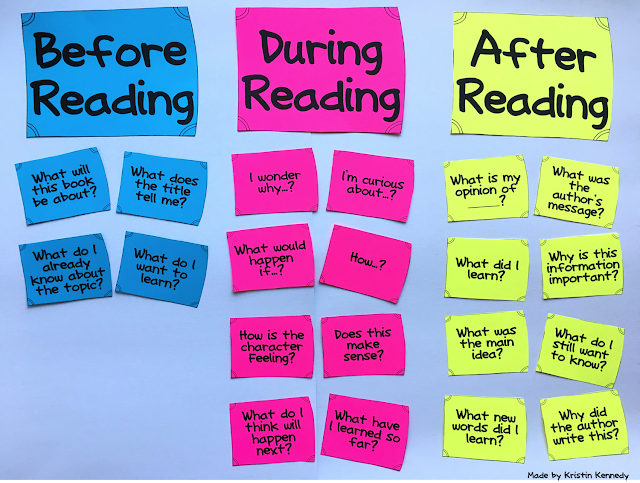
- Force yourself to reread . Our brain is a tool of knowledge. This is not an independent uncontrolled organism, but a part of you that you need to be able to subordinate to yourself. When the mind is trying to captivate thoughts in a more pleasant and simple way or “chewing” some emotions, then you just rush your eyes through the text without thinking about the meaning. So you can sit for a few minutes staring at a book. If the brain trick works, then you just put the volume aside.
The brain does not want to read, it is too lazy. Therefore, stop yourself, carefully look at the text and return to the place that you still read consciously. Re-read what you ran through your eyes, try to comprehend. Sometimes it happens that a paragraph has to be reread many times. But this is how you make it clear to your inner lazy person that cheating will not work, and that you will still make him read everything in good faith. After a while, the habit of distracting from the text to the internal monologue will disappear, since repeated reading of the same place will work as a punishment effect.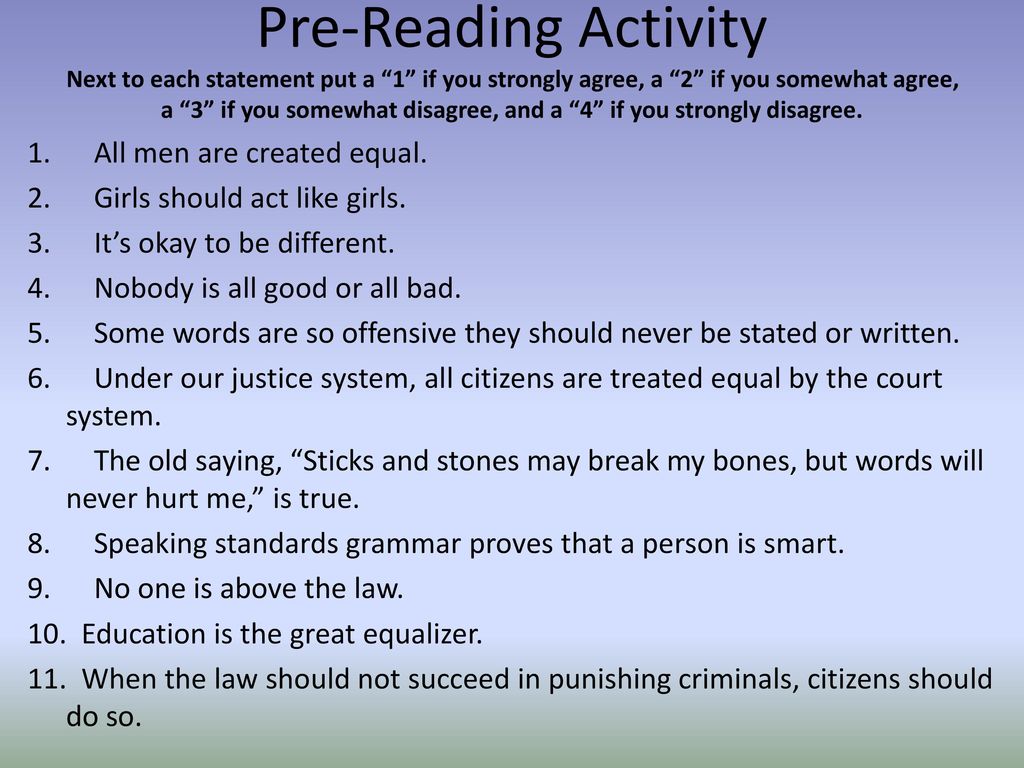
- Perhaps the problem is complex? Often the inability to concentrate on reading is just a symptom of a larger problem. It is called disorganization and lack of internal discipline. A person grabs at one thing, he quickly gets bored, he immediately takes on another, or even immediately for several things at the same time. This phenomenon is sometimes proudly called multitasking, but this lady with an exotic name is the twin sister of stupidity, and the main thing here is not to confuse.
We'll have to think carefully - perhaps a person is distracted not only from reading, but also from work, and from everyday activities, and in general can't really bring anything to the end? If this is about you, then you will have to seriously take up the organization of time and reshape your attitude to your own activities. Learn how to focus on one activity without being distracted by others and bring the work you have started to the end, work on setting goals and writing plans.